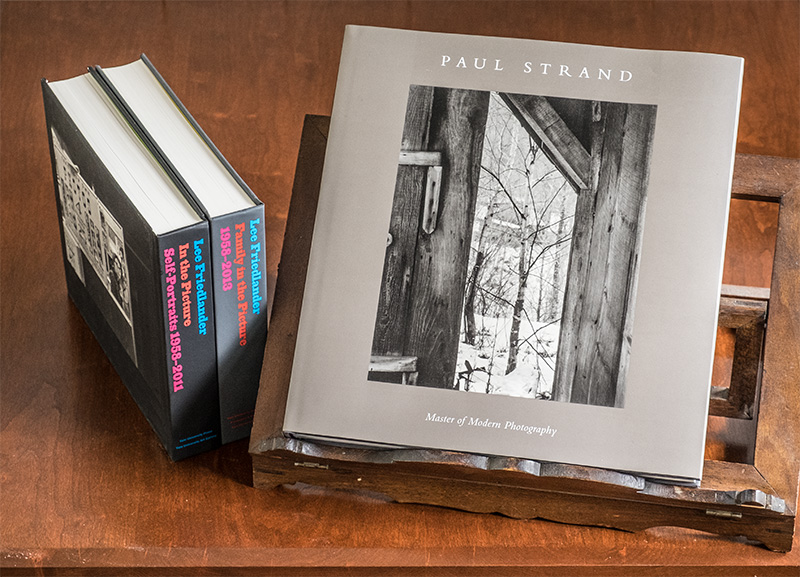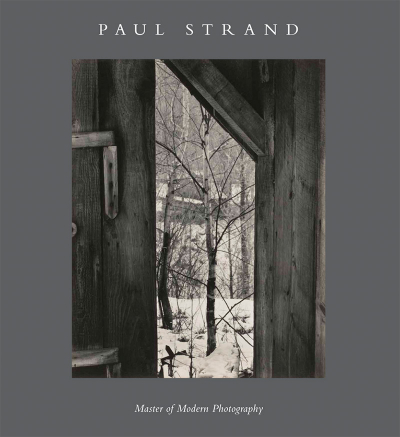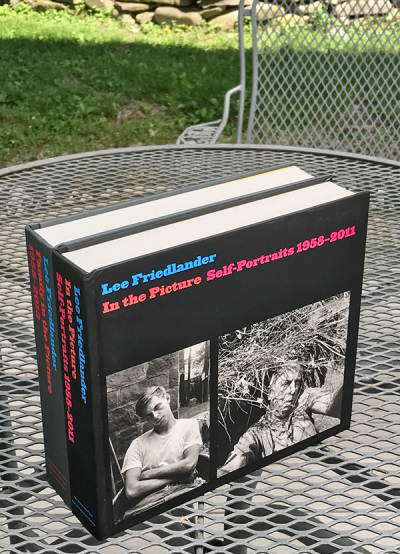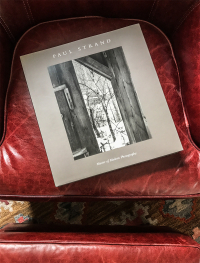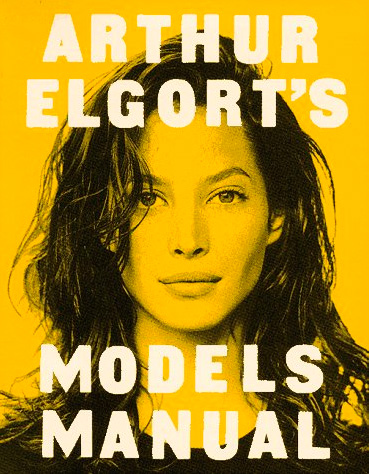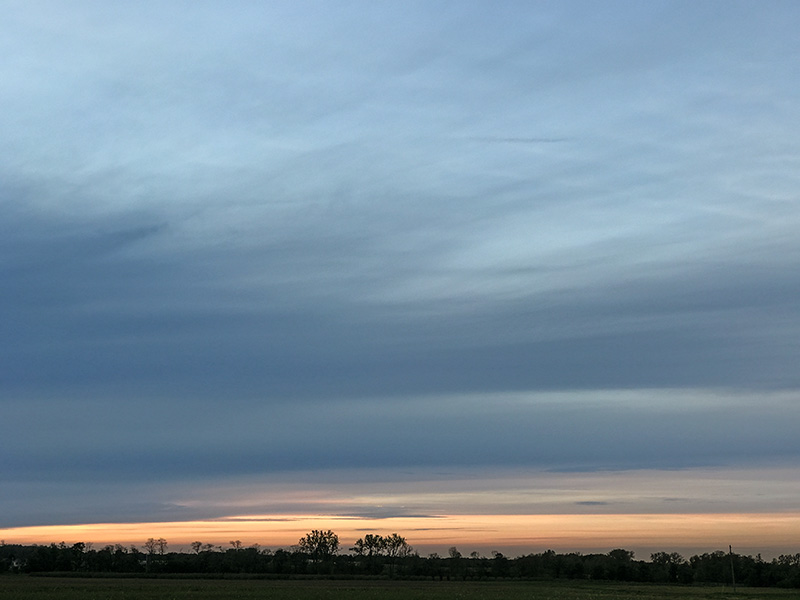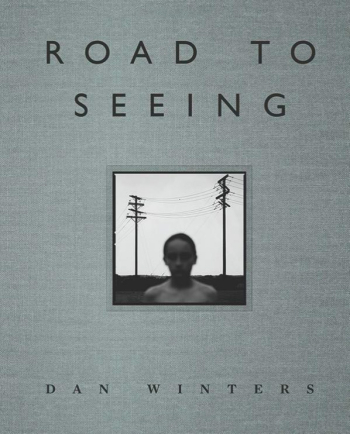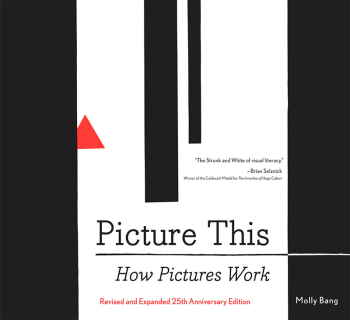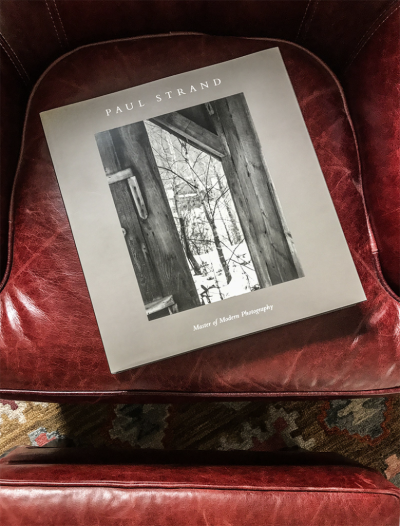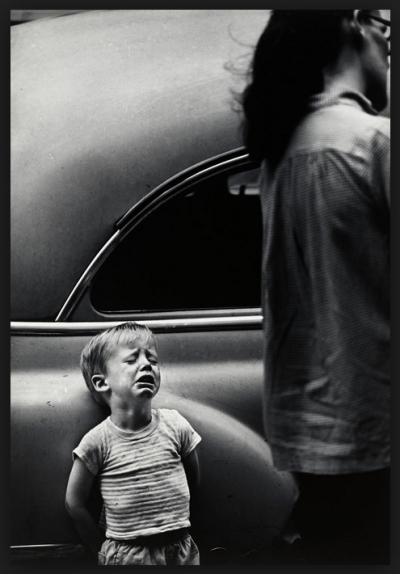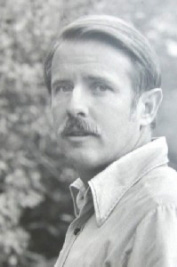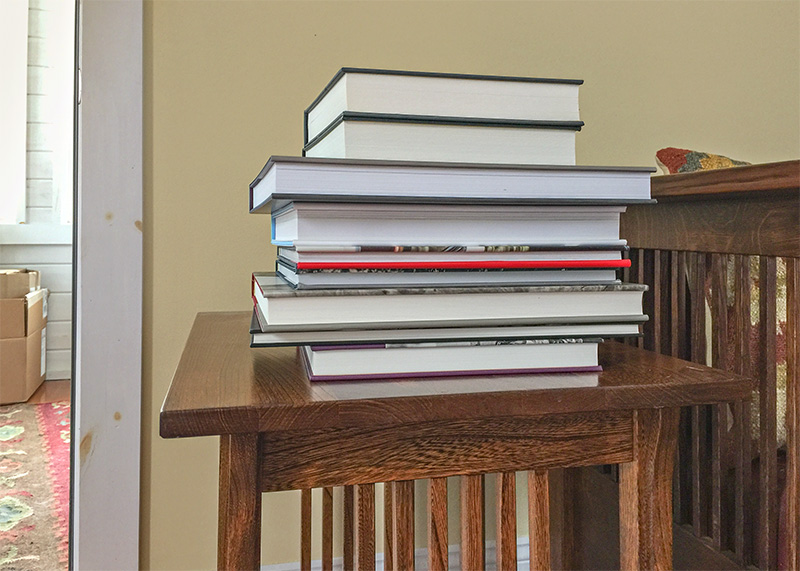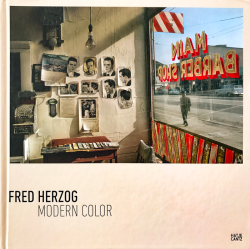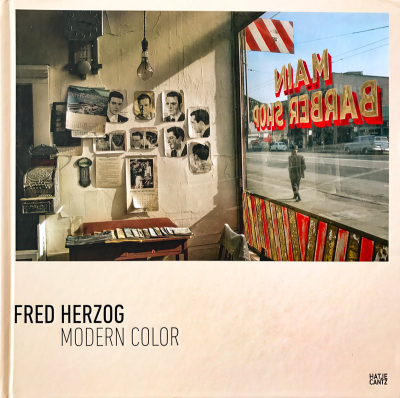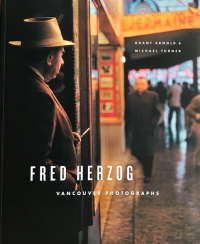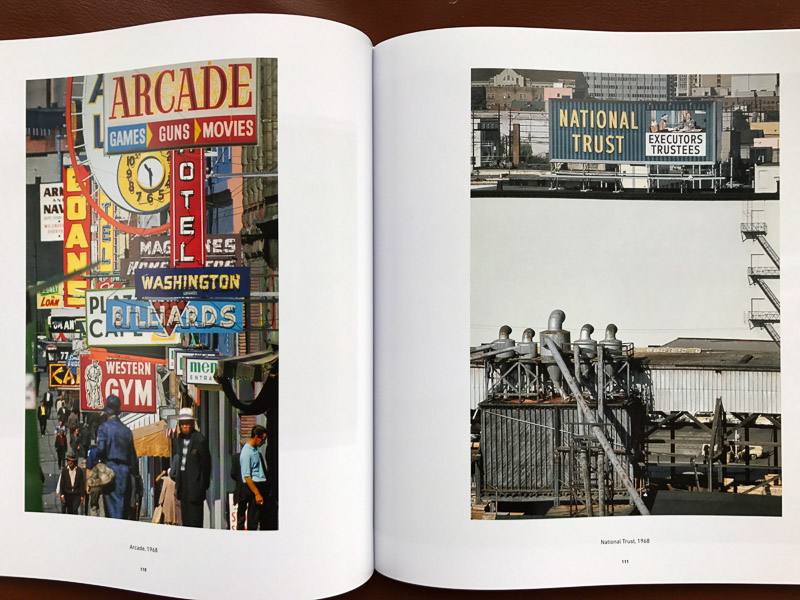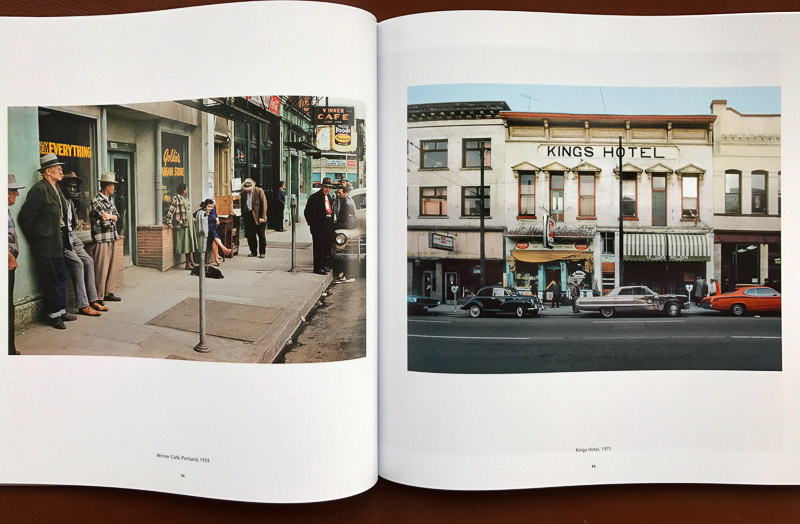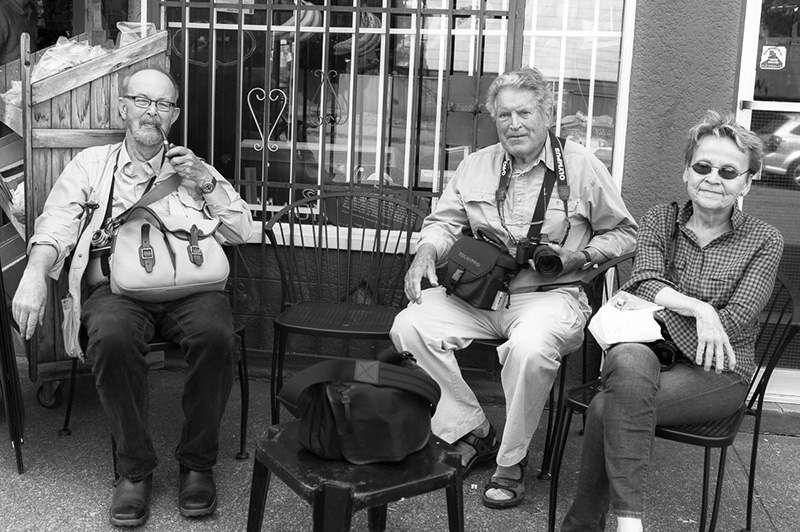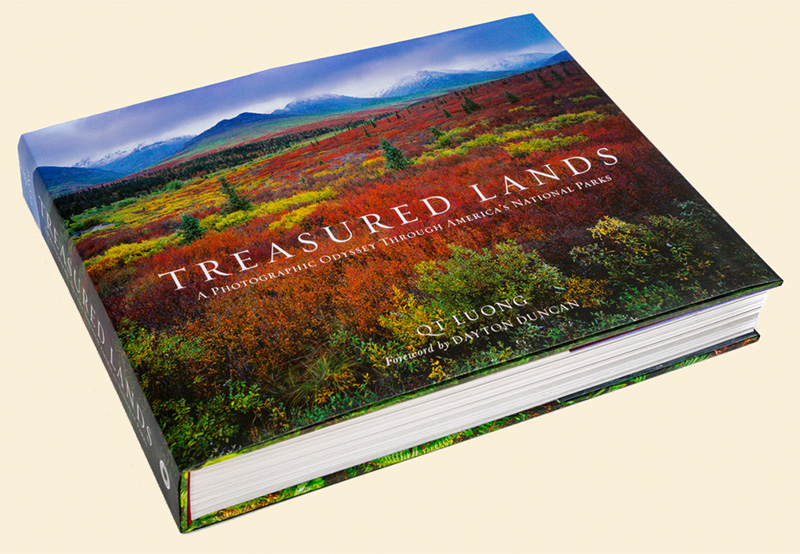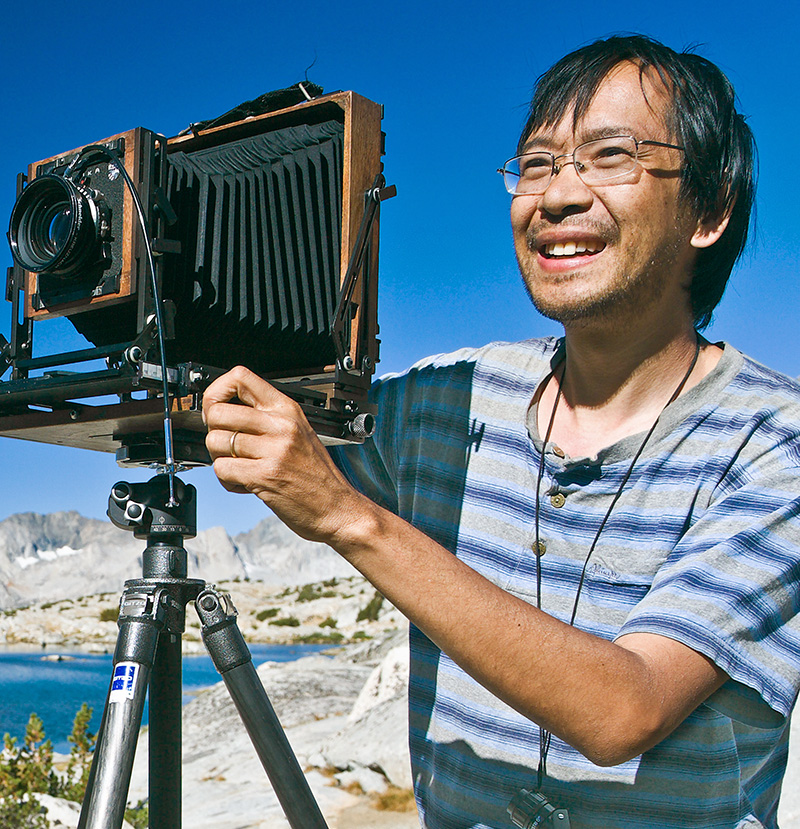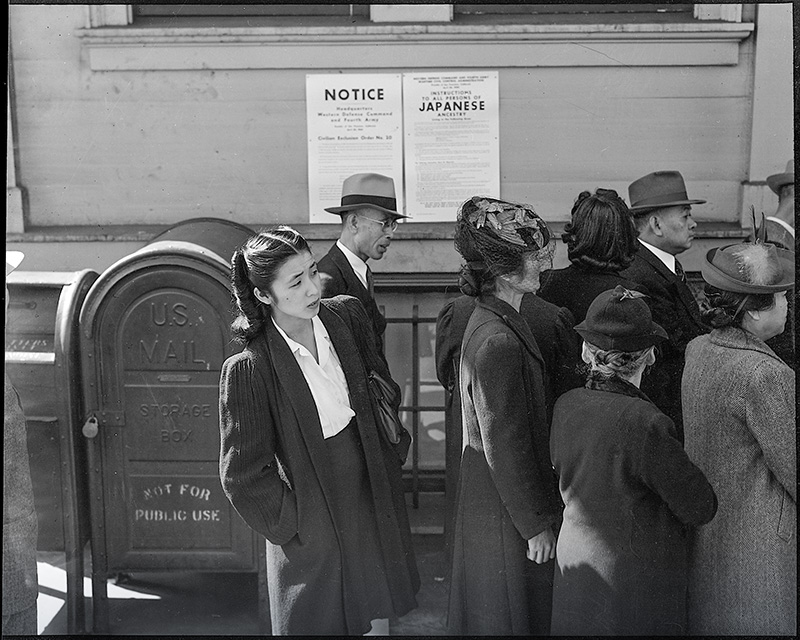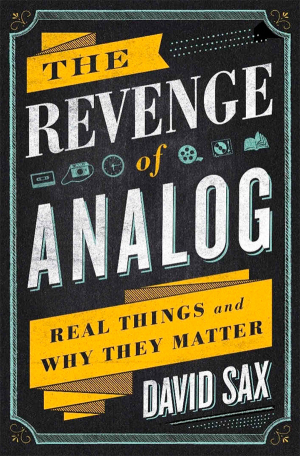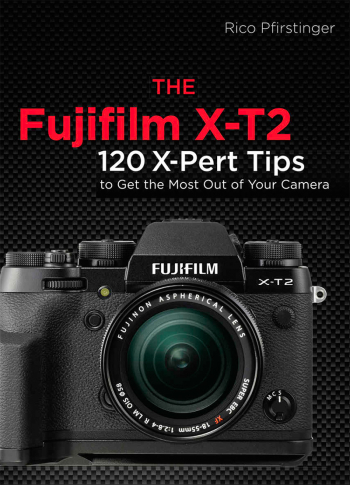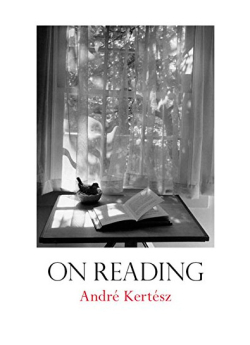...Anyway.
To continue the interrupted conversation (I don't know what was wrong with me on Thursday; dyspepsia, or angst, or anomie; some sort of hazy undefined malaise), I hope you got a chance to check out the comments on the "Book Update" post. And sorry again for posting them so late.
I asked if people who collect photography books have noticed if their acquisitions have been concentrated in any particular areas—what I called "collections within the collection" or "mini-collections." The answers were what I expected: a wide range. Here are some that people mentioned:
- Leica-associated people and things
- Railroad photography (several mentions)
- National Geographic photographers
- Martin Parr
- Czech photographers
- Books from TOP sales and recommendations
- Photojournalists who spoke or presented at a particular academic photojournalism program
- The painter Edward Hopper, as a photographic influence
- Daido Moriyama
- Contemporary Korean photo books
- Biographies and autobiographies of photographers
- Michael Kenna books, because of their beautiful production values
- Post-WWII Japanese photography
- Stephen Shore
- A complete collection of the books of the late railroad photographer Don Ball, Jr.
- Books by Strand and Kertesz
- Conceptual books questioning the nature and meaning of photography
- Individual monographs mainly of landscape photography
- Photobooks with a textual component
- Books in the social documentary, street, and photojournalistic (Magnum) traditions about the human condition
- Josef Sudek
- Books of quiet landscape photographs that do not "pop"
- Books featuring proof sheets
- Books about formerly communist countries
It's curious that sometimes people zero in on gathering certain kinds of books without completely conscious intention. Sometimes we find ourselves being channeled into a particular area of interest almost despite ourselves.
I believe these little "mini-collections" as I called them can be significant clues to the nature of our real photographic interests. Insights into the nature of the subject matter we are drawn to ought to be precious to us. I know one photographer who identified the fact that he loved complexity and visual chaos, or even carnage, filling up the photographic frame; once he realized this, he was able to find pictures in many kinds of subject matter, everything from a harbor jammed with sailboats to photographs of hurricane wreckage to crowds at beaches. What a great—and enabling—insight!
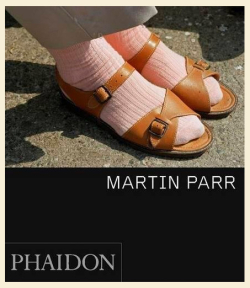 Some photographers just have a tendency to investigate what other people consider appropriate subjects for photographs and then photograph "that sort of thing." That's what leads to what I once called "photo magazine disease"—the motley of "the usual subjects" known to make "good" pictures. This leads to people having portfolios that don't really indicate any subject-matter passion or coherence at all—rather, they're just a collection of conventional or clichéd picturesque "stuff." (And by the way there's nothing wrong with that if you're aware of it and you've decided it's what you want to do.) Thus a picture of fall foliage follows one of a zoo animal which follows one of a cute puppy which follows one of a ballerina which follows one of a city scene which follows one of a cool car. (I used to genially poke fun at flower and cat pictures, and this was the reason for that. Of course, you can have a passion for flower pictures or cat pictures and do great work in those areas, as Tony Mendoza's delightful little Ernie always reminds me.)
Some photographers just have a tendency to investigate what other people consider appropriate subjects for photographs and then photograph "that sort of thing." That's what leads to what I once called "photo magazine disease"—the motley of "the usual subjects" known to make "good" pictures. This leads to people having portfolios that don't really indicate any subject-matter passion or coherence at all—rather, they're just a collection of conventional or clichéd picturesque "stuff." (And by the way there's nothing wrong with that if you're aware of it and you've decided it's what you want to do.) Thus a picture of fall foliage follows one of a zoo animal which follows one of a cute puppy which follows one of a ballerina which follows one of a city scene which follows one of a cool car. (I used to genially poke fun at flower and cat pictures, and this was the reason for that. Of course, you can have a passion for flower pictures or cat pictures and do great work in those areas, as Tony Mendoza's delightful little Ernie always reminds me.)
Personally, I've never quite found my subject as a photographer. I can say that, finally, at my age now. I've tried lots of things—family; portraits; event reportage; documenting a particular region or area. I'm particularly drawn to Summer life around water and beaches (not sure if you could get away with the latter any more—it's been quite a while since I've tried). But all of these have just been "tendencies" that tend to sort of drift away rather than catch afire and become something that I could commit to. When people ask me what kind of photographer I am, I find I can't really say. I regret that.
Of course it's not too late. I guess it's time to go re-read On Being a Photographer by Bill Jay and David Hurn. :-) What I'm talking about—finding yourself by finding your subject—is one of that book's big concerns.
Photographers who know themselves know their subject. They're the lucky ones. There are lots of clues to help each of us find what our direction is; the books we semi-involuntarily gather around interests that seem inevitable to us might serve as one such clue.
Have a nice weekend! TOP will be back on Monday.
Mike
Original contents copyright 2017 by Michael C. Johnston and/or the bylined author. All Rights Reserved. Links in this post may be to our affiliates; sales through affiliate links may benefit this site.
No subject needed
Give Mike a “Like” or Buy yourself something nice
(To see all the comments, click on the "Comments" link below.)
Featured Comments from:
Huw Morgan: "This is a fascinating line of thought. What draws us to collect certain works of art? What drives us to photograph certain subjects? I have to give an artist's talk at my gallery show in September and I've been doing a lot of thinking about how I get drawn to certain subjects and projects. To me, it starts with the gut. I find myself shooting things that interest me first, then try to make sense out a seemingly random set of images. Writing an artist' s statement often helps to find the deeper reasons for taking these images. When my motivation emerges, a grain of a project takes shape and starts to drive future photographs. The project evolves and grows and takes on its own life."
Dennis: "It used to vaguely bother me that I didn't really have a particular subject that I'm passionate about shooting (like you, I can identify a few trends that reappear over the years). Then I got turned onto Jay Maisel's photography. I can't say that I find his photos more enjoyable to look at than many others in my collection...but I found him inspiring because he just goes out and shoots what strikes his fancy. He looks for things that demand to be shot.
"I'd have to be careful looking for clues in my photo book collection because there's a big disconnect between what I like to look at and what I like to shoot. I can point to thousands of photographs that I'd love to be able to say 'I shot that' but I wouldn't, in fact, want to go through the motions of shooting it. I'm reading Jon Krakauer's Into Thin Air right now and embrace the romantic notion of standing on top of an 8,000 meter peak and being able to say 'I did that,' but I'm ridiculously far removed from being the type of person who would do that. So I'll read books like that and enjoy photos that I appreciate even though they're not representative of what I want to spend my time doing or creating. (It's also interesting to me that more than half of my photo books consist of black and white photos and over 99% of my own photos are in color).
"If there's a mini-collection in my photo book collection, it's probably 'how to be a photographer' type books (including the Jay/Hurn book, Jay Maisel's books, Galen Rowell, David du Chemin and others)—though after reading Jay Maisel's books, I think I'm finally coming to terms with my photography and can hopefully be done with that genre."
Mike replies: Note that I'm not saying what you collect is what you shoot or should shoot. It's just that it can be a clue is all. I'm not criticizing what you're said here, merely adding a clarification to what I meant to say in the post.
Dennis Ng: "I mainly have Saint Ansel."
John Krill: "My collection is not with books but LIFE magazines. In particular issues that have the great photo essays that LIFE was famous for. I started by referencing the LIFE book 'Great Photographic Essays from Life.' Collecting essays by Gene Smith was the main passion. I ended with issues from the Vietnam war. The one issue I have yet to find has the famous D-Day photos by Robert Capa. And yes, I have several books on Vietnam."

